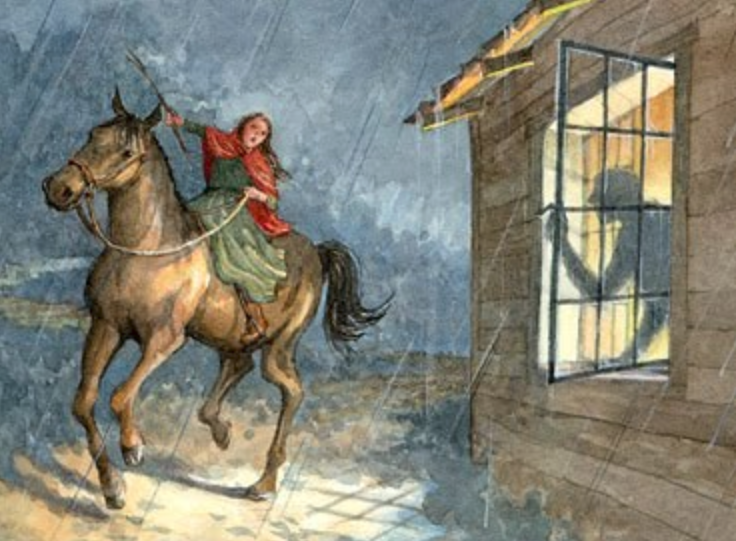Building: The First Continental Congress - Robert Smith Designs Carpenters' Hall
Robert Smith was the foremost architect in the British Colonies at the time of the American Revolution.
Smith’s most famous building was Carpenters’ Hall, meeting place of the First Continental Congress.
A committed Patriot, this man, who has several buildings which still stand today, gave his life in service to the Continental Army.
Robert Smith
Robert Smith immigrated to Philadelphia in his mid-20’s. Five years later, he was established as Pennsylvania’s most successful architect.
Smith joined the Carpenters’ Company of Philadelphia, an artisan guild for those who were constructing the colonial city. He quickly became the most in-demand mason in the Middle Colonies.
In a thirty-year career, Robert built an astounding number of meeting halls and mansions, many of which stand today. Several of his buildings continue to hold historical importance today.
Architect
Smith oversaw construction on at least eight churches within Philadelphia city limits.
His techniques led to the tallest steeples and largest room in Revolutionary America. Additionally, Robert built Christ Church on the grounds of Princeton University.
Furthermore, he built several mansions for the wealthiest citizens on Philly, most notably Benjamin Franklin’s house (Franklin apparently rented until he was 57).
First Continental Congress
Robert Smith’s most famous structure is Carpenters’ Hall.
By 1770, Smith was a leader of the Carpenters’ Company and, as such, was charged with creating the building where these men who built buildings would meet.
Four years later, Delegates from twelve colonies would meet in Philadelphia as the First Continental Congress.
The location where Congress was held?
Carpenters’ Hall.
Patriot
Although Robert Smith was not in the room when these Delegates met, he surely was satisfied they were there.
Smith had already been outspoken about the happenings in Boston and solicited donations to be sent to afflicted families in Massachusetts.
Robert’s skills were used properly by the Continental Army. He was tasked with fortifying defenses throughout Pennsylvania and New Jersey.
Smith adapted a French weapon, the chevaux de fries, for American use. This device was made of wood plank with metal tips. They were sunk into the Delaware River and destroyed the bottom of unsuspecting British boats.
Unfortunately, Smith fell ill while working long hours in the cold for the Army and returned home. He passed away several weeks later at just 55 years old, though his buildings still stand as both a monument to his life, and the nation he helped create.
If you’d like to read about other Founders who built things, check out these articles:
Josiah Hornblower Makes Things Steamy
Jonathan Grout Builds America’s First Telegraph
William Allen - The Loyalist Who Built Independence Hall
Want to get fun American Revolution articles straight to your inbox every morning?
Subscribe to my email list here.
You can also support this site on Patreon by clicking here.
Want to read more about the development of industry during the American Revolution?
While not exactly related to the topic of this article, ‘Manufacturing Independence’ is an extremely interesting look at how the United States was beginning the steps toward industrialization during the Founding Period.
If you’d like a copy for your very own you can through the Amazon affiliate link below (you’ll support this site, but don’t worry, Amazon pays me while your price stays the same).






